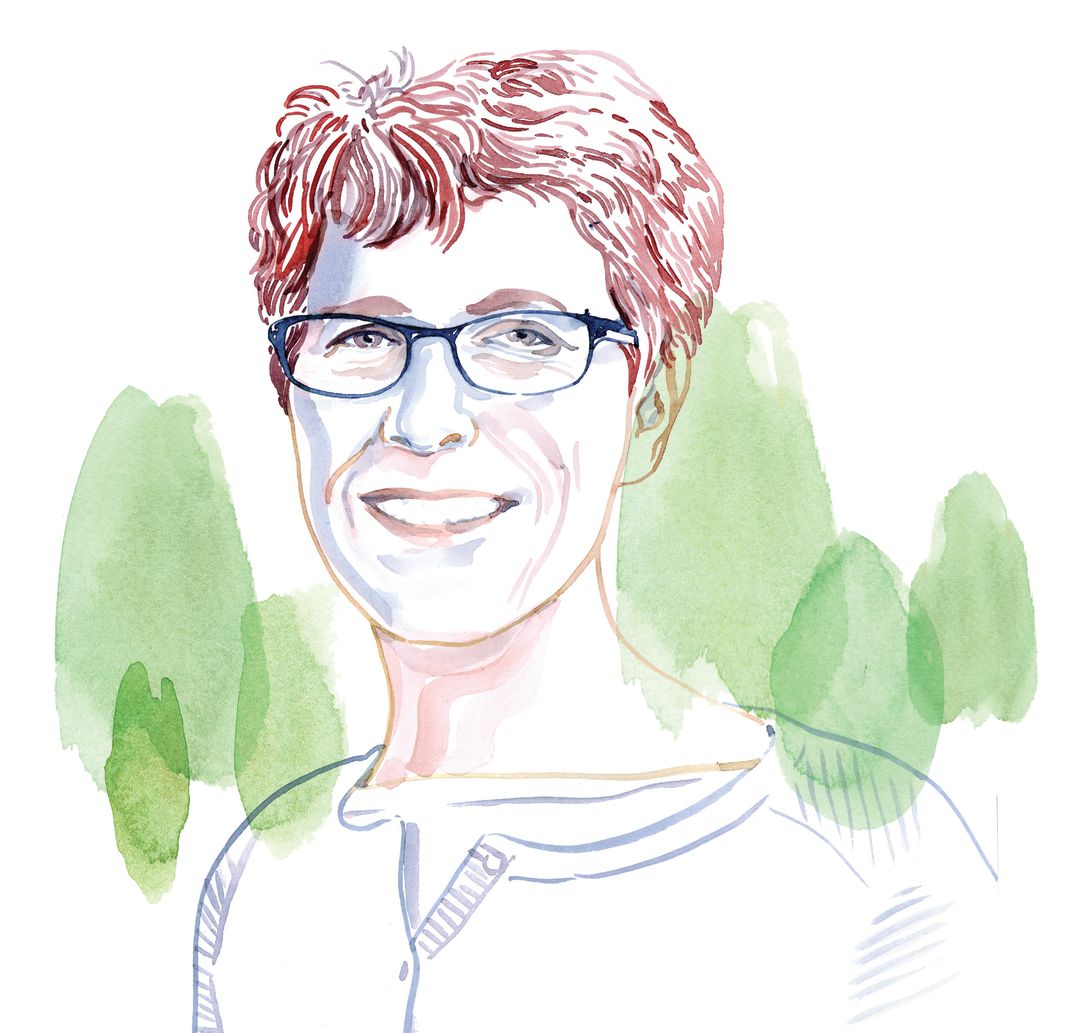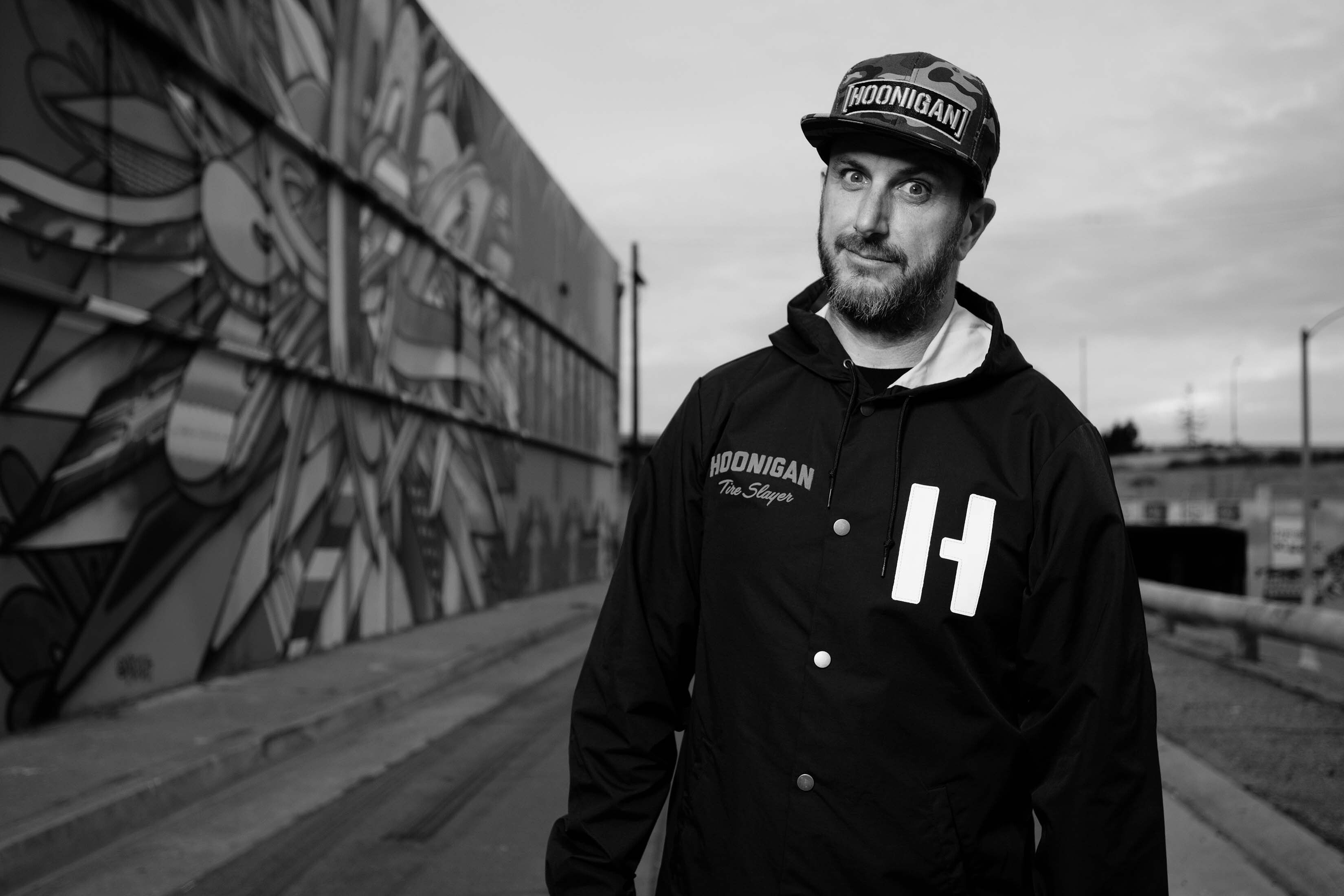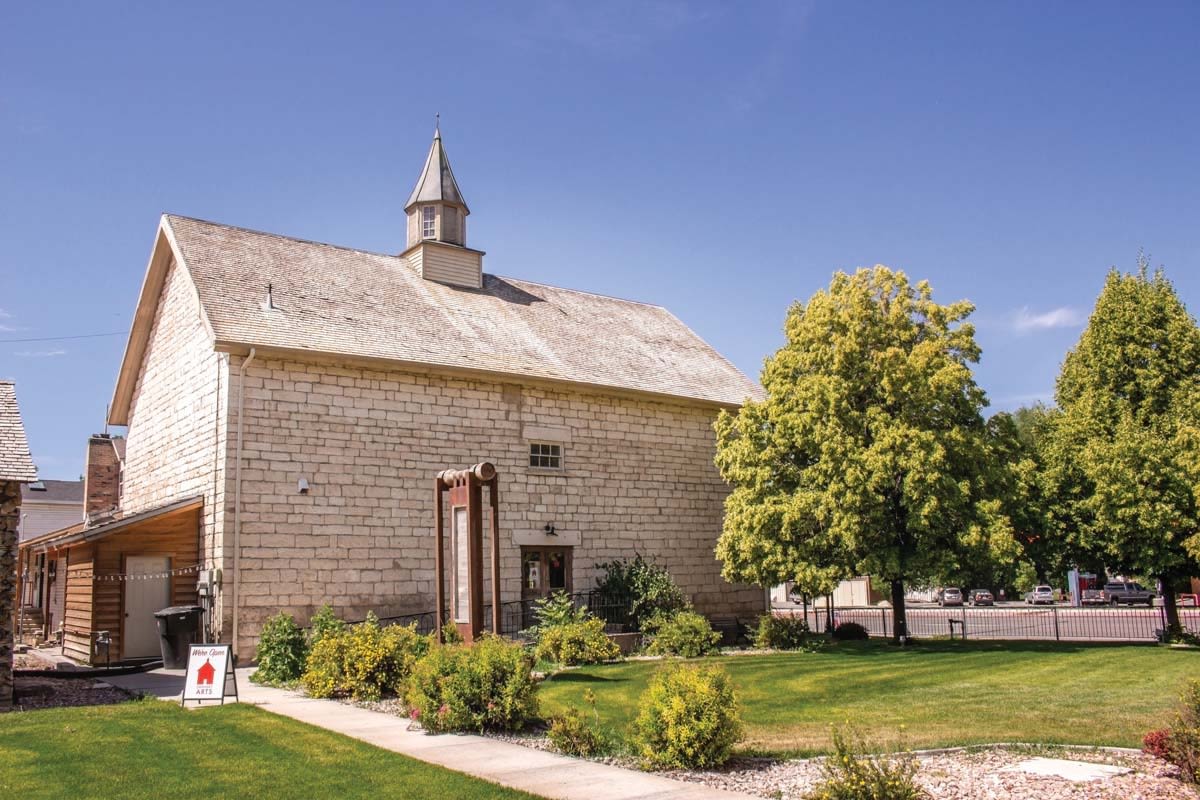Tree Care 101 From Park City’s Tree Hugger Extraordinaire

Meet Barbara Richardson, the tree lady of Park City.
Image: Anje Jager
In 2014, ReLEAF Utah volunteer Barbara Richardson helped create Fruit Nuts, a program to prune and care for the old apple trees of the Kamas Valley and then donate the bounty to food banks. ReLEAF currently tends 30 adopted trees between 20 and 100 years old and will care for them for the next 5 years. Richardson is also an author; her novel Tributary won the 2014 Utah Book Award, so it’s no surprise she has a lyrical connection to trees. “Trees have their own story,” she says. “A tree shows everything that’s ever been done to it. I like to crawl up inside it with gloves and a handsaw and open up its heart, to help it be what it wants to be.” Here, Richardson shares some of her tips and tricks for fruit-tree care. She should know. Last year she was named Utah Forester of the Year.
What are the best apples for our altitude?
Yellow transparent, which is not a good apple to eat raw, but is perfect for applesauce. Honey Crisp is the best eat-off-the-tree apple for our altitude.
What are some of the basics of fruit-tree care?
Prune in February and March, before the leaves pop out. Prune it like an open goblet. Once the fruit has fallen, pick it all up—don’t leave any rotten fruit on the ground. Pull all the sod away from the tree in a 10-foot diameter and spread mulch.
What about watering?
A slow-drip soak is the way to go; no sprinklers. Let the water sink in really deep and leave the tree alone. Water a new tree two or three times a week. Established trees need a deep soak just once a week, but increase in August.
What’s in your applesauce?
Just a little water, sugar, and cinnamon. I boil it for 25 minutes and mash it with a potato masher. Sometimes I add cranberries and brown sugar




































